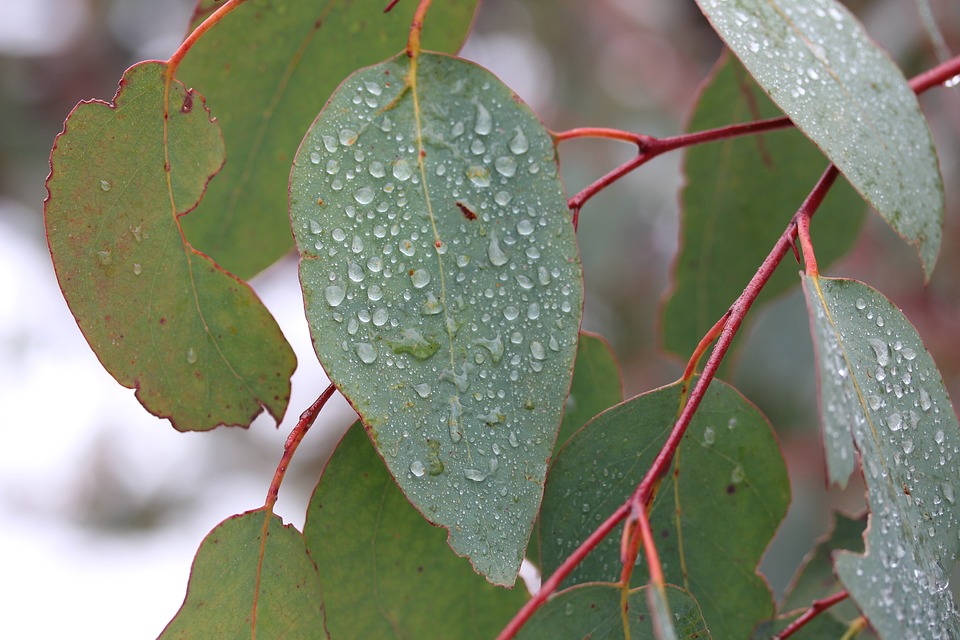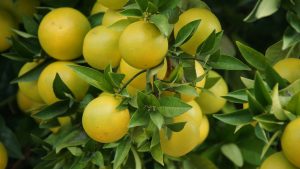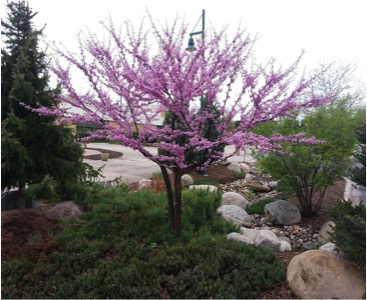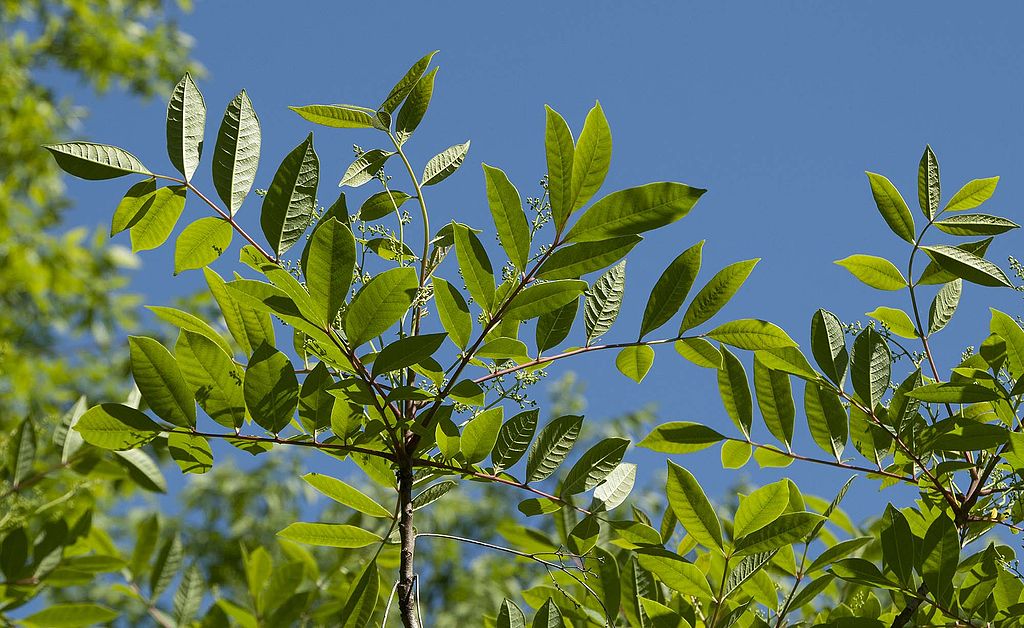The Four Best Trees to Plant in or near Your Rain Garden
 Rain gardens are attractive landscaping features that can not only improve the aesthetics of most properties, but they provide important environmental benefits too.
Rain gardens are attractive landscaping features that can not only improve the aesthetics of most properties, but they provide important environmental benefits too.
When properly designed, rain gardens capture and contain a relatively large quantity of rainwater, which will then percolate into the soil over the next few days. This helps to prevent some of the problems that excessive amounts of runoff water often cause. The water collected can also be used to support plants and trees – including species which may normally require more water than is typically available in the area.
Rain gardens can be designed in a variety of different ways, but most are essentially created by digging a small to medium depression and then installing a channel that supplies the garden with rainwater collected from a downspout or gutter. Plants are then installed in the depression, and various gravels and soil amendments are added to ensure a good percolation rate. Note that rain gardens are not ponds – there should be no standing water left in the depression a few days after the rain ends.
Most of the vegetation planted in rain gardens consists of shrubs and herbaceous plants, but you can also install trees in a rain garden if you wish. However, you must pick species that can adapt to the conditions present in or near the rain garden if you want to give the trees the best chance of thriving.
Note that rain gardens usually contain several different microhabitats, which will support different types of trees. The soil in the lowest part of the depression will stay relatively damp, making it perfect for trees that have high water requirements, while the elevated areas around the perimeter of the rain garden will feature drier soil, which is better suited for trees with modest water requirements.
There are a variety of different trees that can be used in rain gardens, but the following four are good candidates.
1. Bald Cypress (Taxodium distichum)
An iconic tree of southern swamps, the bald cypress is a natural choice for rain gardens. When provided with sufficient water, bald cypresses grow well in Southern California, and they’ll work well in the lowest portions of your rain garden. The biggest challenge bald cypresses present is their mature size, as these are large trees, which reach 60 to 80 feet in height.
2. Goodding’s Willow (Salix gooddingii)
Many different willow species are great choices for rain gardens, but Goodding’s willow is among the best species to use in Southern California. The Goodding’s willow is native to the state, and it provides food and shelter for a variety of bird species too. Although it isn’t a gigantic tree, the Goodding’s willow can reach about 25 to 30 feet in height, so it isn’t ideal for tiny rain gardens. Goodding’s willow will adapt to most parts of the rain garden, including the lowest levels of the depression.
3. Red Maple (Acer rubrum)
Like the bald cypress, the red maple is another denizen of damp eastern forests that also grows well in California. Red maples thrive in soils of varying moisture levels, so they can be installed in just about any portion of your rain garden. They will adapt to the relatively dry soils found at the upper levels or the damp low-lying sections in the middle of the depression. Red maples provide incredible color in the fall and – to a lesser extent – the spring. They do produce relatively invasive roots, so be sure to avoid planting them near sidewalks or other hardscapes.
4. Chinese Fringe Tree (Chionanthus retusus)
The Chinese fringe tree is a moisture-loving species that will work well in the middle portions of your rain garden. Famous for its showy, white flowers, the Chinese fringe tree is a small- to medium-sized tree, which typically reaches heights of 10 to 20 feet. The tree often attracts plenty of birds, bees and butterflies, which feed on the fruit and nectar produced by the tree. Note that this tree can cause allergy problems for some people, so it may not be a good choice for rain gardens that are located close to bedroom windows, backyard porches or front doors.
***
If you are considering installing a rain garden on your property, or you would like to add a few trees near an existing rain garden, give your friends at Evergreen Arborist Consultants a call. One of our arborists will examine the area and recommend a few of the best species for the site. We can even help you with the installation process if you like.











